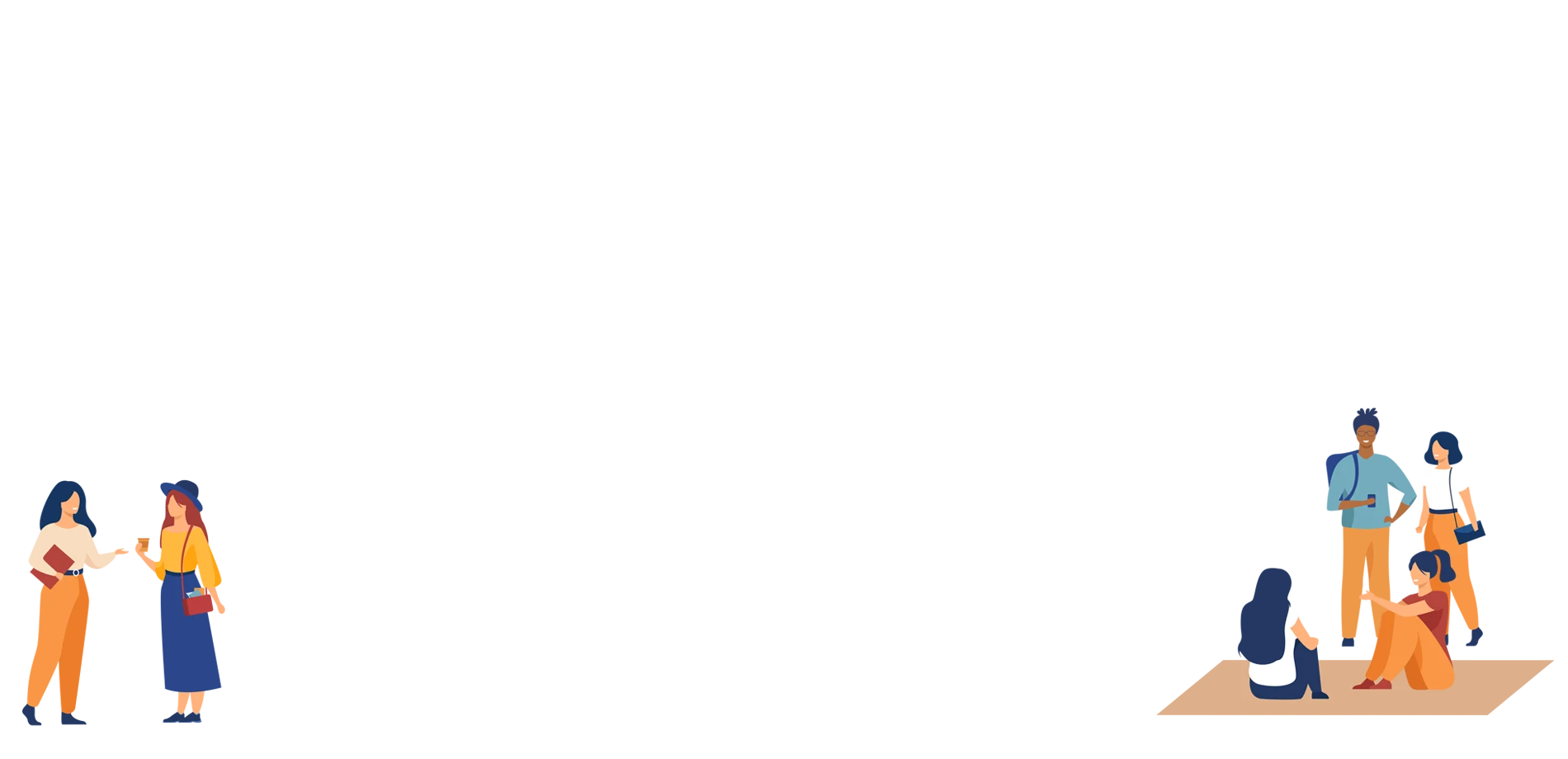We're moving! This site will be relocating to goingto.university in 2026. Please update your bookmarks to the new address.


| The award | How you will study | Study duration | Course start | Domestic course fees | International course fees |
|---|---|---|---|---|---|
| Cert Ed | Full-time | 2 weeks | June, July, August | EUR 650 per module | EUR 650 per module |
Course aims:
This course aims for an understanding of the components involved in the design of interiors, planned for students with an interest in the subject. Through practical projects an understanding of the design process and an introduction to the ideas-based approach will be developed. Students will not simply deal with interior styling focusing on current trends or fashions, but they will be introduced to a more comprehensive view of interior design.
Course contents:
This course will cover the basics: the conceptual approach to structure, space and light, styling the form and function of the space and the use of materials. The course will introduce students to a design process by researching ideas, expressing them on paper as a 2D design through different drawing methods, collages and photographs as well as simple 3D models and non-complicated constructions.
Students will learn simple in use computer aided design (CAD) software and they will present their ideas in a portfolio.
Students will cover the following:
They will take inspiration from their surroundings by exploring the interior and spatial designs of their environment in order to discover the significant footprints on the design of the city, both external and internal.
Talks on interior and spatial design will be conducted both within the college and, more importantly, at a variety of interesting sites including museums, public spaces, stations, restaurants; using the city, its buildings and its natural spaces, as a source of inspiration.
Students will keep a journal of experiences, and they will be asked to visualise them. They will produce a sketchbook with visual reference material and a series of sketches demonstrating concept development.
Additionally they will produce design development drawings and models and their final design will presented in an appropriate format using photographic and presentation techniques. Basic Computer Aided Design skills will be investigated.
Learning Outcomes
Upon completion of the course the student will be able to demonstrate their ability:
Contact AAS College to find course entry requirements.
Below are some suggested courses at other providers that you may also be interested in:
Management of Innovation and Sustainable Business Development MSc
NTNU School of International Business
Find out morePsychology Bachelor of International Liberal Arts
International College of Liberal Arts (iCLA) at Yamanashi Gakuin University
Find out moreMaster's Degree (MSc) in Enterprise Cybersecurity MSc
OPIT - Open Institute of Technology
Find out moreCultural Heritage Conservation Science MSc
Dipartimento di Scienze della Terra, University of Milan
Find out moreIf you do not meet the entry requirements for this course then consider one of these postgraduate preparation courses from another institution:
Graduate Diploma of Engineering (Electrical Systems)
Engineering Institute of Technology
Find out moreThere are 37 other courses listed from AAS College. A selection of these are displayed below:
Advanced Professional Diploma in Interior Design Advanced Professional Diploma
AAS College
Find out moreJoin the StudyLink email list and never miss a chance to turn your study abroad dreams into reality!

Find out more about studying in Greece